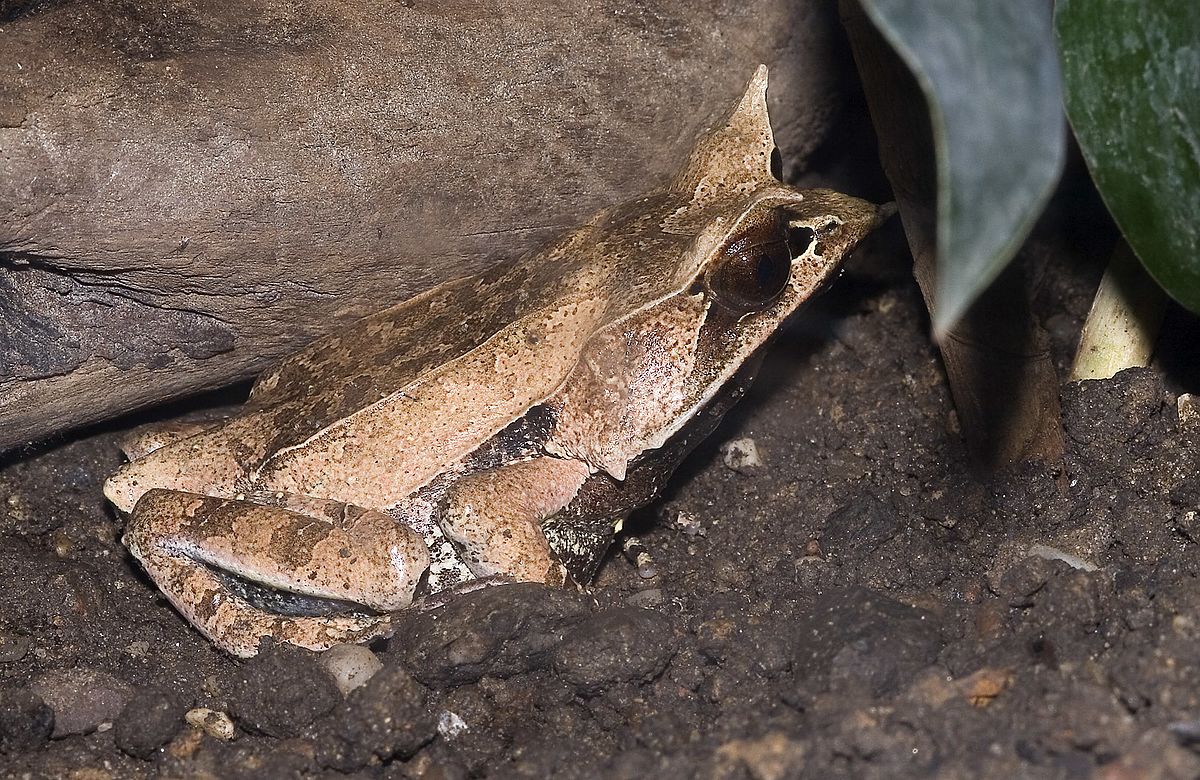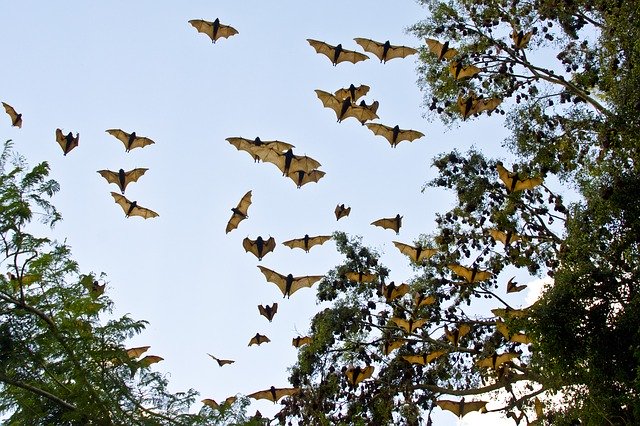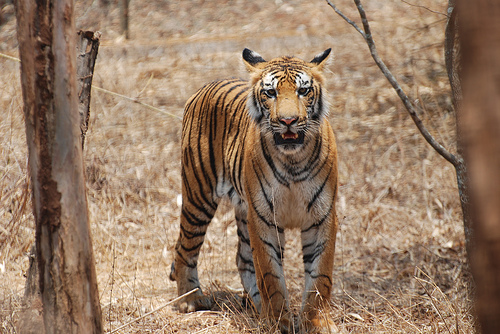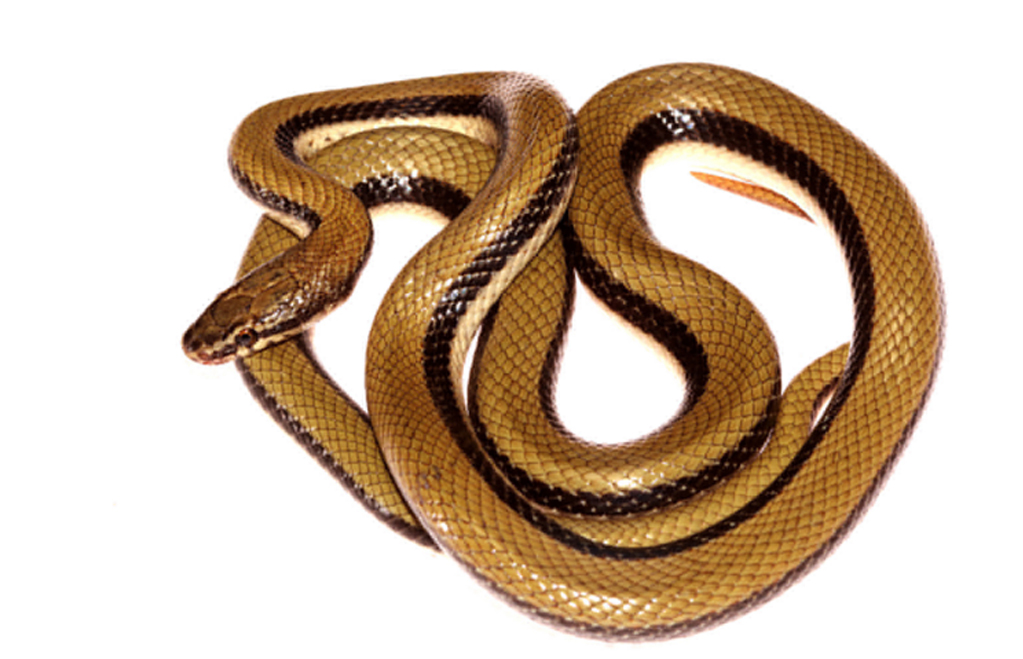Asian Horned Frogs are a group of small frogs found in Northeast India, Nepal, Bangladesh, and Bhutan. They belong to the genus Megophrys and most have for centuries broadly categorized into one name Megophrys parva – considered to be among the most widely dispersed species within the genus.
However, recent studies have provided compelling evidence that many frogs have been misidentified and put under a single name. A research team of Irish and Indian biologists from the University College Dublin (Ireland), the Natural History Museum (UK), and the University of Delhi has been working together for several years to painstakingly identify individual species. Recently they were successful in discovering three distinct species of such horned frogs from NE India. Two of these are from Nagaland and one from Manipur. Their research was published in the Journal of Natural History on April 28.
Also Read: Four New Horned Frogs Discovered in India

Local Names
The new species have been named in honour of the areas of their discovery. They are the Megophrys awuh (Naga Hills Horned Frog), Megophrys numhbumaeng (Tamenglong Horned Frog), and Megophrys dzukou (Dzükou Valley Horned Frog). They are morphologically very similar but very different on the basis of DNA analyses, found the scientists.
Megophrys awuh (Naga Hills Horned Frog) was found in the Meluri district of Nagaland where the Pochury tribe reside. In their language ‘awuh’ means “frog”.
Megophrys numhbumaeng (Tamenglong Horned Frog) name has been derived from the Rongmei (Ruangmei) word ‘nwmbwmaeng,’ meaning “forest spirit.” The Rongmei is the primary native tribe from the Tamenglong district of Manipur.
Megophrys dzukou (Dzükou Valley Horned Frog) was named after the place of its discovery which lies on the border of Manipur and Nagaland.
“For well over a century, up until 2007, most small horned frogs found from the mountains of Nepal and Northeast India, east to northern Indochina and peninsular Thailand were all assigned to this ‘catch all’ taxonomic name, with the result that this little forest frog was believed to have very wide geographical distribution,” wrote the research team in their release.
“However, examining many museum specimens of this little forest frog, and using DNA analyses, the scientists discovered that it actually represented eight different species,” the release said.
The Hidden Amphibians
It took the team 14 years of research work and seven years of field work to identify the distinct species. This included working in the remotest and wettest areas of North east India. It was led by Dr Stephen Mahony, a leading Herpetologist and a Fellow of the Irish Research Council and Marie Skłodowska-Curie. Through their detailed and years of painstaking work, the scientists were able to sort and correctly identify many of the Asian horned frog species in India and the neighbouring countries.
In 2018, they had discovered four new species of horned frogs in India, and now they have discovered three more.
The ancestors of this family of frogs are said to have shared space with dinosaurs but little is known about their evolutionary history. Unlike their dinosaur contemporaries, these frogs did not leave behind any known fossils. However, recent developments in dating technology—a method called RelTime that does not require fossil information—is now enabling evolutionary scientists to “date the undatables” with relatively better age estimates. You can read more about this method in this previously covered story by India’s Endangered.
“We have no evidence to suggest that any other scientists has collected or seen the three new species before since we are aware of no other specimens in museum collections,” said Dr Mahony, to Morung Express about the three new Indian species.
The scientist added, “This study is a testament to how little is known about the most threatened animal groups, frogs, in northeastern India. Our work has completely changed what we thought we knew about these secretive animals, from how to identify the different species and how they are related to each other, to where they live and how vulnerable they may be to deforestation.”
The recent discoveries take the tally of Asian horned frogs discovered from Northeast India to 11.
Also Read: 32 Species Discovered in India in 2019
Local Protection
Speaking about the discovery, one of the team members Dr. Rachunliu G. Kamei, Scientific Associate department of Life Sciences at The Natural History Museum, London, said that she has personally witnessed the rapid changes in the northeast Indian landscapes which is destroying the natural harmony.
“I grew up personally witnessing the rapid changes in the northeast Indian landscapes, jungles disappearing with shocking speed! It troubles me greatly that natives are still ignorant about the delicate harmony an ecosystem requires for it to be in balance. Frogs are so vital for healthy ecosystems but incredibly many Nagas still just consider them as tasty snacks.”
“The Dzükou Valley holds prestige for its natural beauty and is promoted as a tourist attraction, however, increasing tourism brings potential conservation threats to vulnerable endemic species.”
She added that the name of the new species was given specifically in the hope that the locals take pride in their natural heritage and understand the need for preservation and conservation of the remarkable habitats will resonate with the local people who are the guardians of the valley.
“Local communities are the custodians of their land, and therefore the protection of the remaining wildlife and natural habitats is entirely their responsibility. We named two of the species (Megophrys awuh and Megophrys numhbumaeng) using the local Naga languages because ownership, pride and reliability is very important, and may encourage the locals to be more sympathetic to protect their diminishing heritage,” said Dr. Kamei.
Hopefully, the frogs would receive the correct kind of attention and remain protected in their natural habitats.
(Featured image for representative purpose only)









